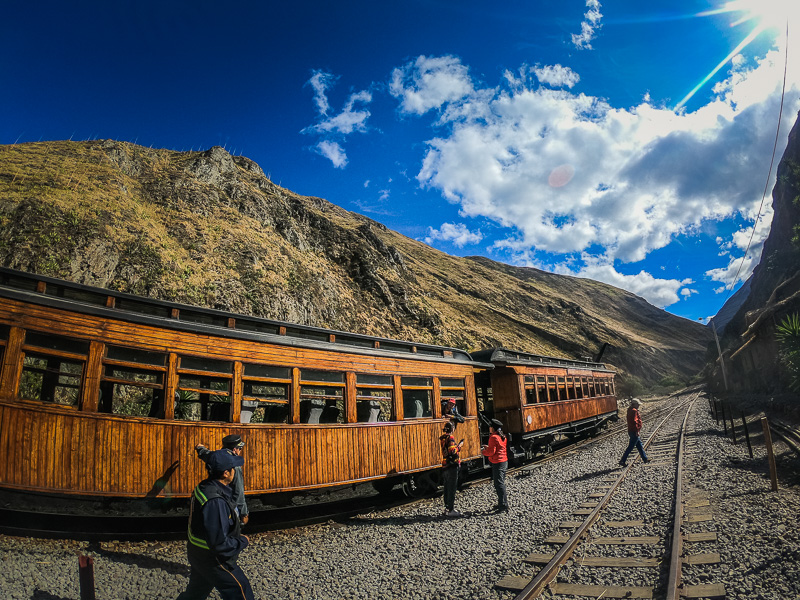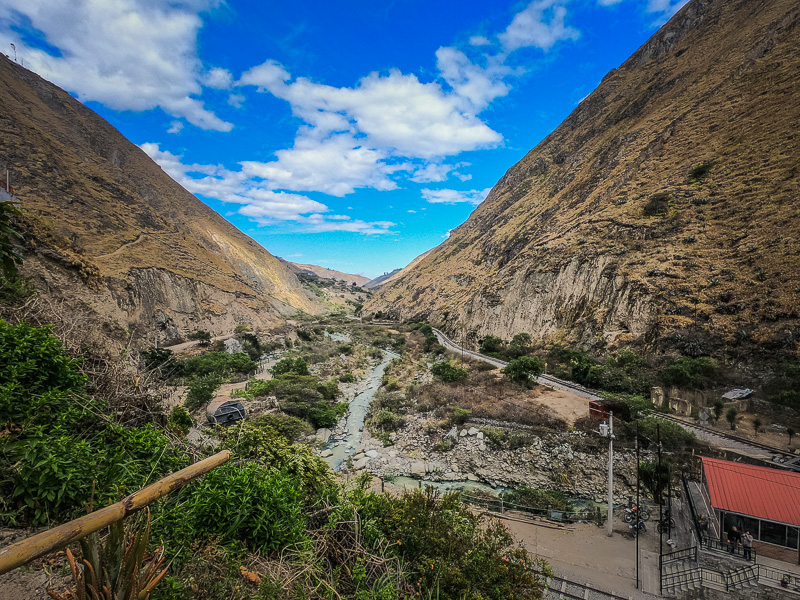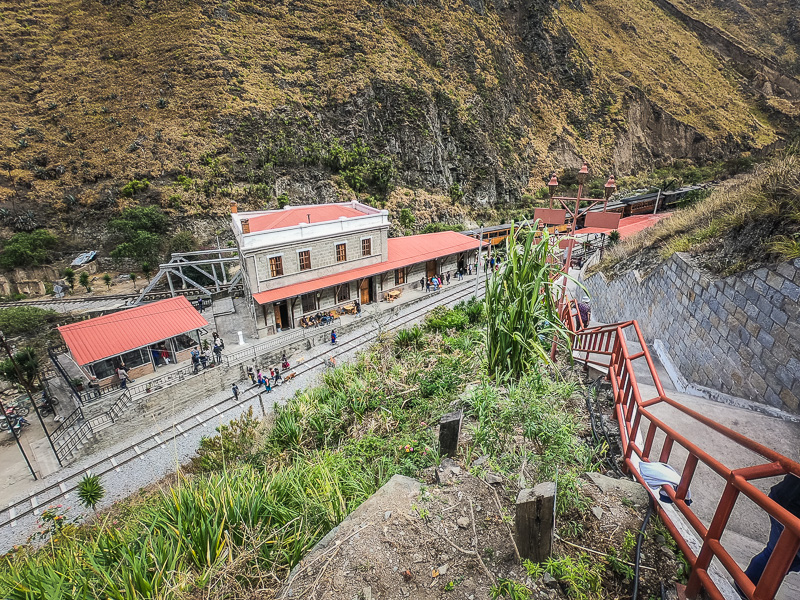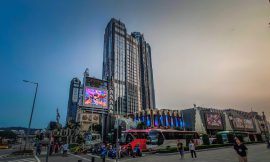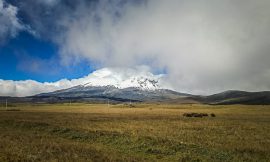Tren Ecuador is the restored tourist railway service between the capital Andean city of Quito and the coastal city of Guayaquil. Fully completed by 1908, it was considered an audacious project at the time due to the treacherous geological terrain of the Andes. La Nariz del Diablo (Devil’s Nose), is the highlight of the trip where the train traverses a 500-meter vertical rock face. The mountain was thought to be cursed by the devil who didn’t want the railway built, hence the name. Construction of the tracks at La Nariz del Diablo ended up taking the lives of over 2000 workers. The 1-way tour between Guayaquil and Quito and vice versa is a 4-day trip and costs 1000 USD1. If you can afford it, then its probably a great experience on an award-winning luxury train. If not, then it’s still possible to experience the train ride through La Nariz del Diablo via the town of Alausi.
From Quito, it is approximately a 6-hour scenic drive through volcano avenue to Alausi. A strategic stop is Ambato which is a beautiful city for a quick visit; well known for their bread and rabbit dish. Alausi is a very well kept town which has recently been built up for tourism. Its people are very welcoming and friendly and the town has many local cafes, restaurants, and souvenir craft stores. There is a beautiful plaza in the town center and also a viewpoint with a statue of St. Peter overlooking the town. Another highlight is the picturesque iron bridge at the end of the town. The train enters Alausi via this iron bridge when coming from Quito and stops at the train station in the middle of the town. It’s possible to buy tickets on site, however, I’d advise booking online since you’d likely arrive in the evening/night when the ticket office is closed. The prices are also the same (33 USD) and the tour is quite popular so you risk it being sold out. Note that this price is for a return ticket despite it not being made very clear on the website. The best seats are on the right side of the train since it looks out towards the landscape whereas the left mainly faces the mountainside. However, if you get vertigo or are afraid of heights, the right side is probably not for you. There are several departure slots and its best to check their website in case times change.
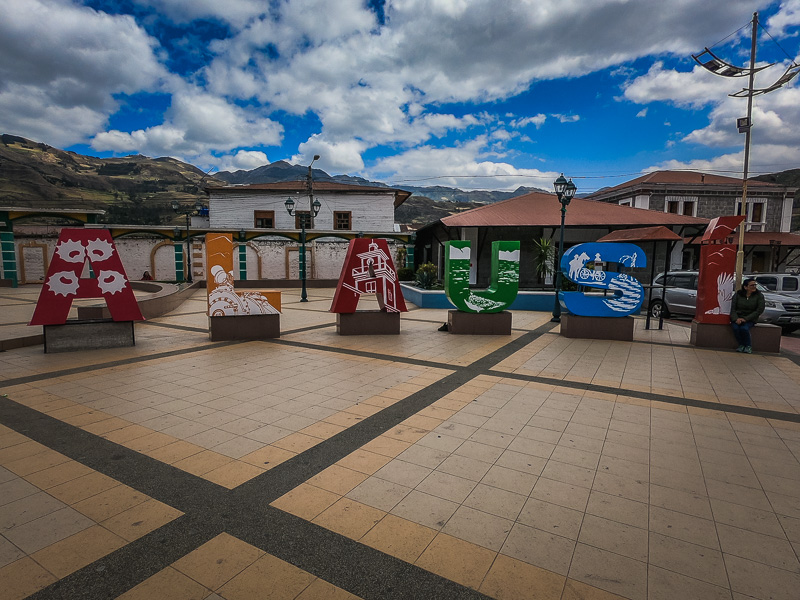

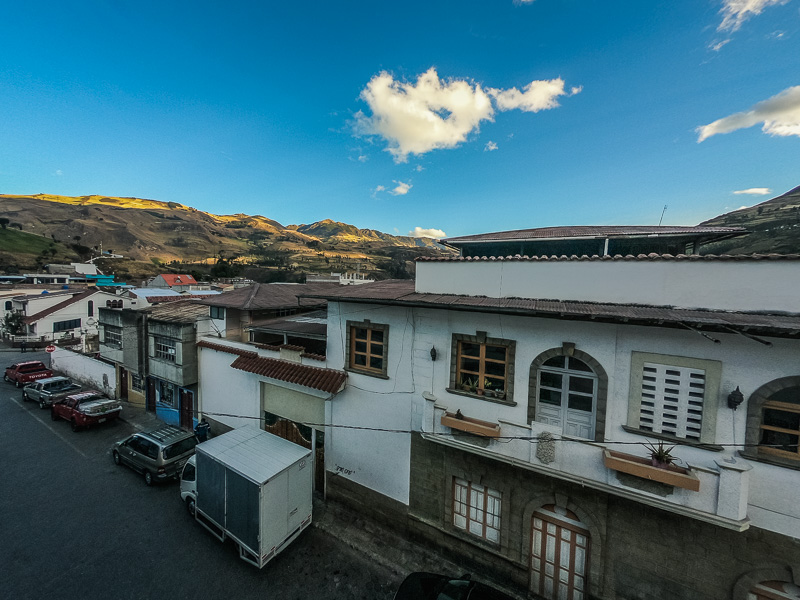

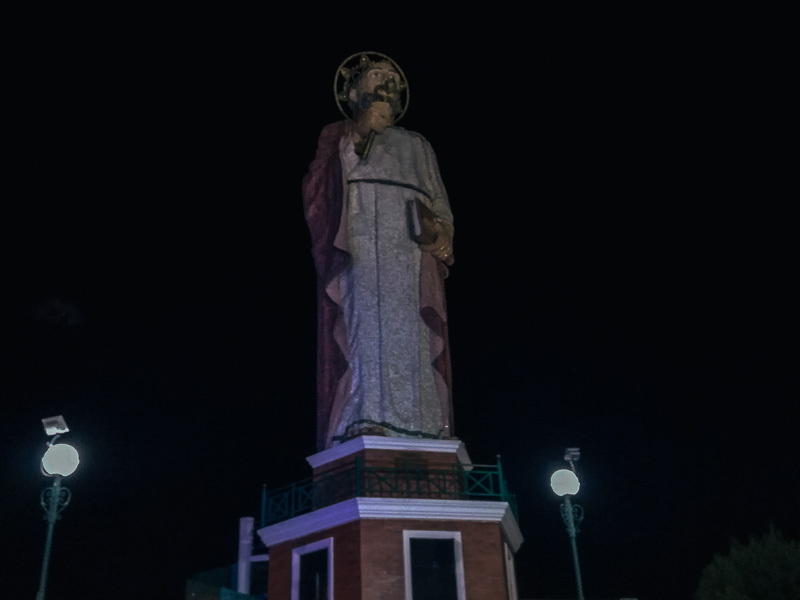

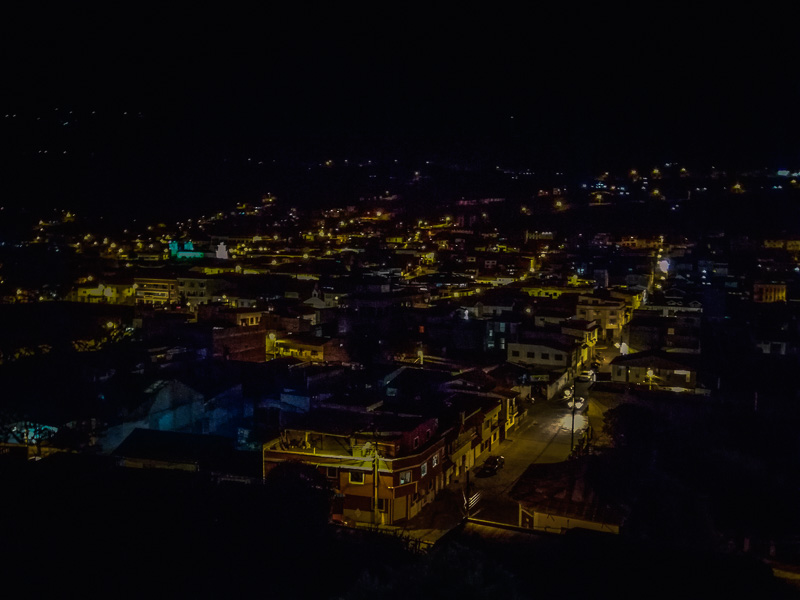

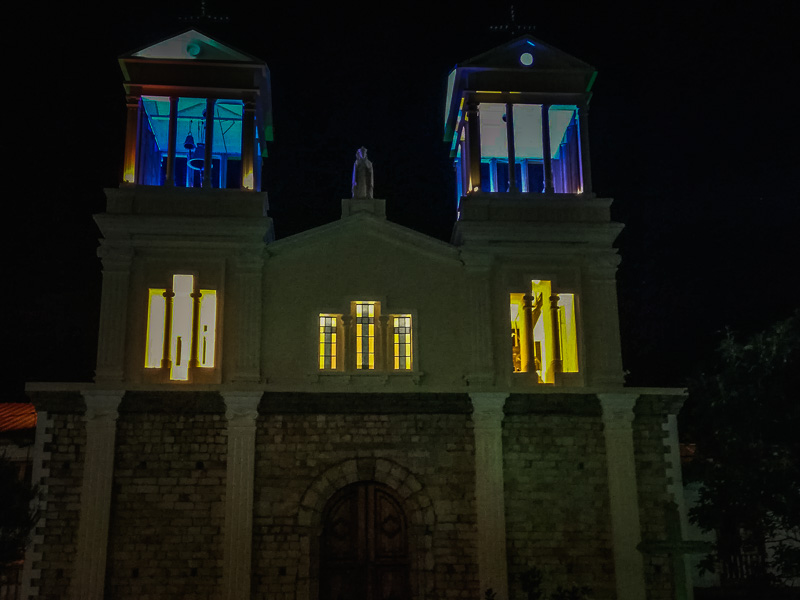

We chose the 8 AM departure to get back before the midday sun. The journey takes about 45 minutes and the views are breathtaking. The landscape changes a number of times from traversing the adrenaline-inducing heights of ravines to cruising alongside the river Chanchán. The river produces a strong smell from the volcanic minerals it carries. You’ll also notice vertical railway tracks connected with cables. These were used for communicating signals between stations. When the train gets to the section of La Nariz del Diablo, the 500-meter descent begins. A pioneering method was used to achieve this making it one of the greatest engineering accomplishments at the time. The train travels across and when it approaches the end, an operator gets off and switches the tracks. The train then reverses in the other direction and the operator once again switches the track when it gets to the other side. This process is repeated which effectively sees the train zigzag to the bottom of La Nariz del Diablo. As the train approaches the town of Sibambe, you’ll go past some of the original carriages which are now in a decaying state. The train then goes just past Sibambe and stops at a viewpoint for pictures of La Nariz del Diablo. Despite getting backlight due to the sun being behind the mountain, the view was impressive. For better lighting, it’s better to take an afternoon departure.
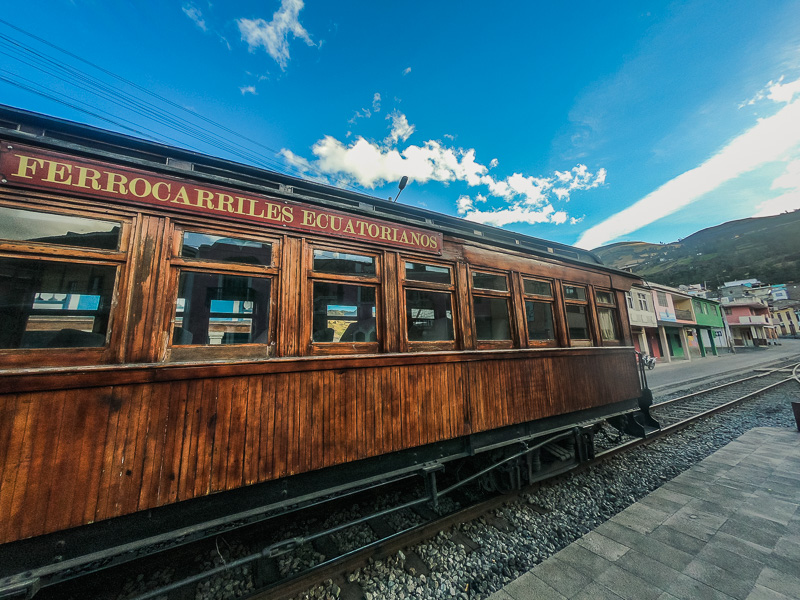

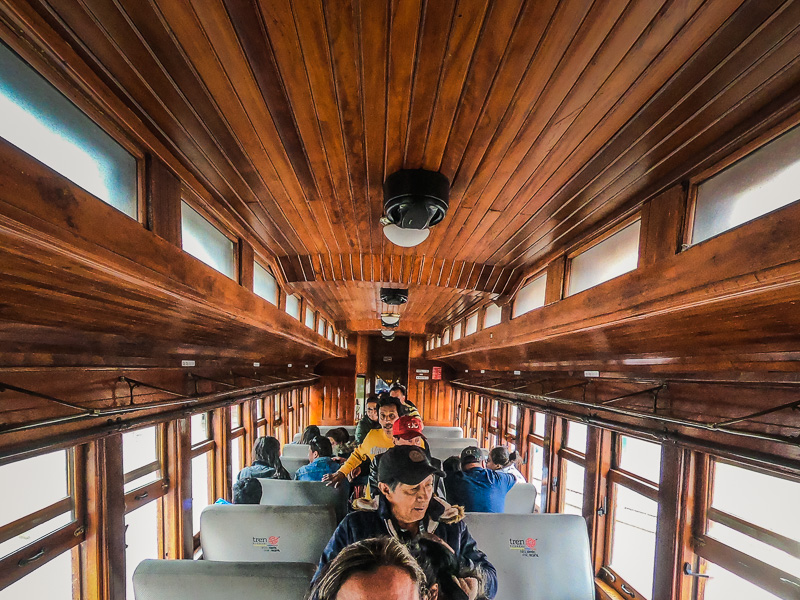

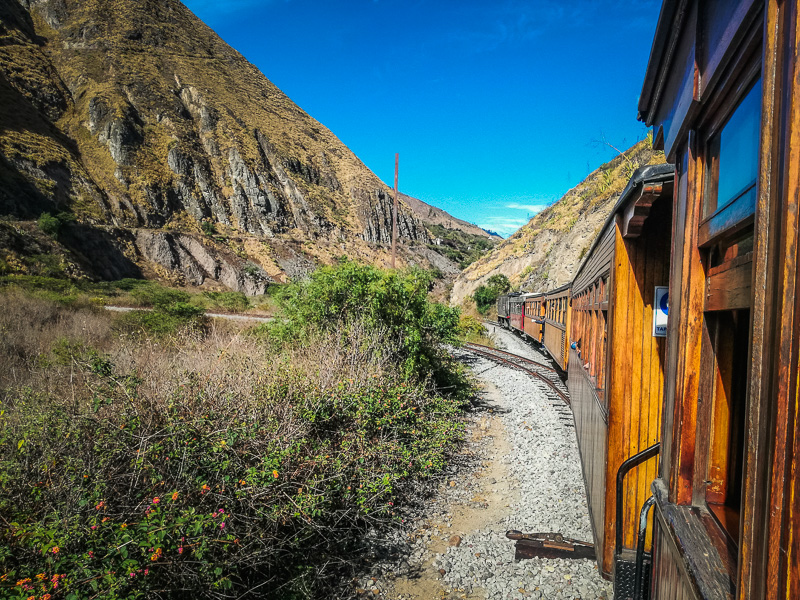

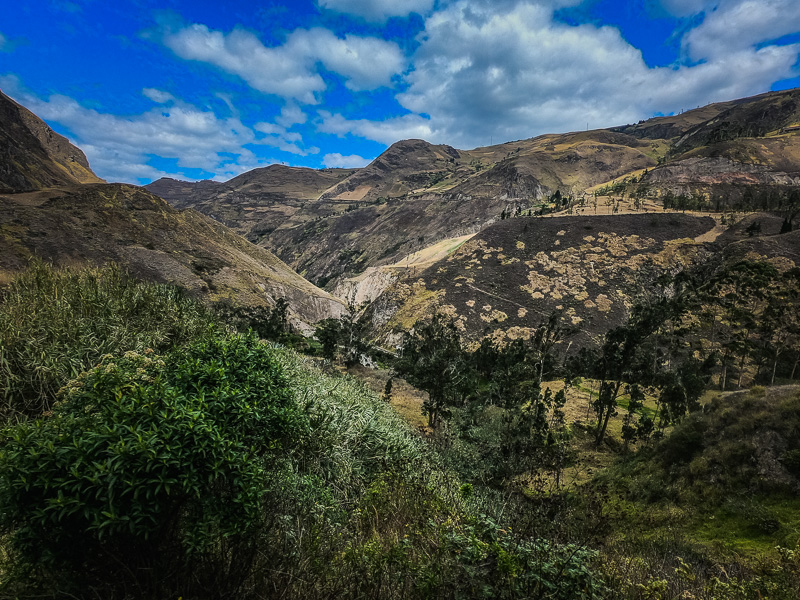

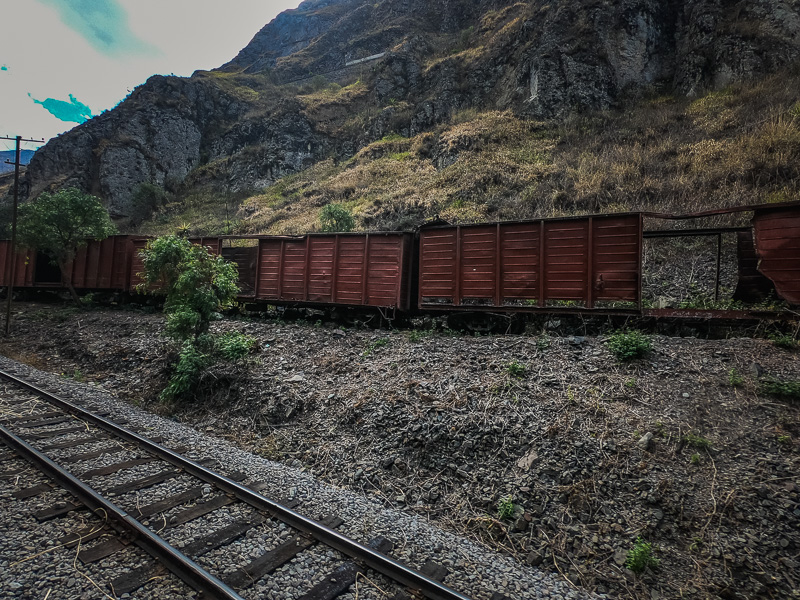

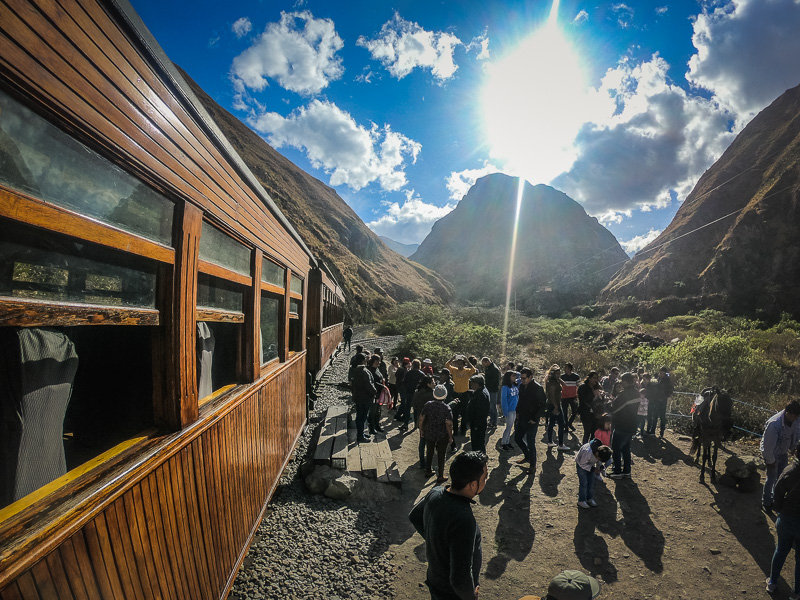

The group is given about 15 minutes to take pictures before heading back to the town of Sibambe. In this town, the locals put on a folkloric dance show. At the end of their performance, they invite visitors to dance with them and show you a couple of dance steps. The group is then given around 30 minutes to buy souvenirs and visit the small museum outlining the history of the railway. There is also a cafe there to get some snacks and drinks. In the meantime, the locomotive makes a U-turn and is then attached at the other end of the train. So on the way back, if you were seated on the mountain side of the carriage, you’ll be seated there again. The journey back up to Alausi takes a little longer at around 1-hour.




